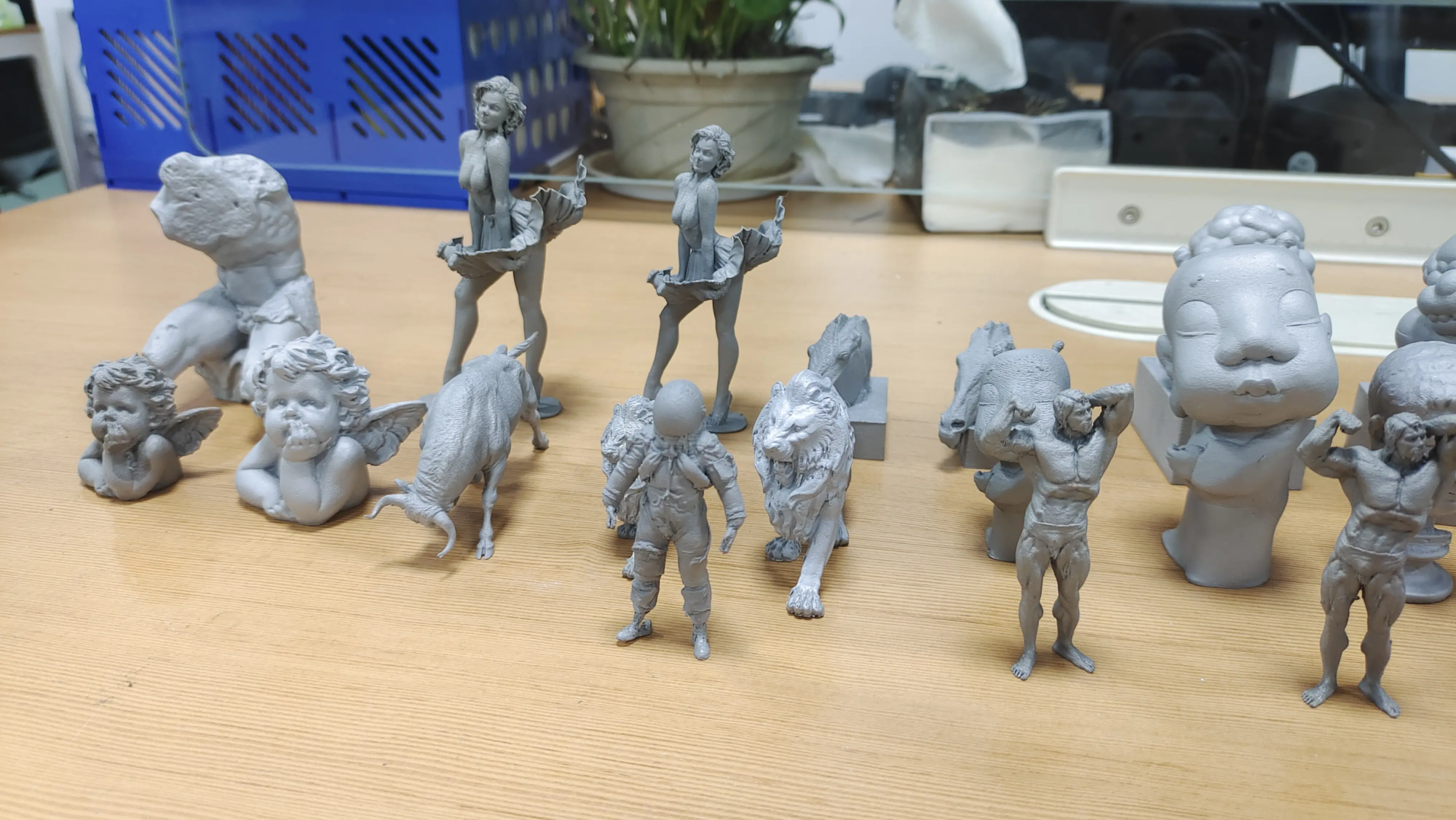Take advantage of the power of precision: Your final guide to 1.75mm PLA filament
In the dynamic landscape of additive manufacturing, material selection is the cornerstone of successful prototypes and production. Among the most widely used (for good reason) 1.75mm PLA (polylactic acid) filaments. Although occasionally referenced "75mm PLA" (probably a shorthand for 1.75mm), this staple diameter occupies the highest dominance of desktop and industrial fusion deposition modeling (FDM) systems. Let’s dissect why this material is essential among designers, engineers and manufacturers around the world, and how it aligns with smarter prototype workflows.
The Science Behind PLA
PLA is a Bioplastics from renewable energy sources Like corn starch or sugar cane, it makes it an eco-friendly alternative to oil-based polymers. Its biodegradability under industrial compost conditions increases the attractiveness of sustainability. Chemically speaking, the semi-crystal structure of PLA provides a unique balance:
- Low melting point (180–220°C)
- Minimal warping During cooling
- High tensile strength (50–70 MPA)
- Excellent dimensional stability
Unlike ABS or nylon, PLA produces negligible smoke and does not require heating chambers, which reduces hardware complexity and safety risks.
Why 1.75mm? Diameter Advantage
1.75mm dominant modern FFF/FDM system, which is due to the fascinating engineering advantages:
- Higher accuracy: Thinner filaments allow for more detailed and smoother surfaces.
- Reduce squeezing pressure: Reduce strain on the extruder motor, minimize jam and improve printing reliability.
- Faster response time: Accelerate the adjustment of material flow control for complex geometric shapes.
- compatibility: Printers from Prusa to Ultimaker and professional grade machines are generally supported.
By contrast, 2.85mm filaments require more force to extrude, limiting fine detail functionality while being suitable for wear-resistant hardware.
Industrial-grade applications: Beyond the hobby of printing
Although PLA is a pillar of the manufacturer community, don’t mistake it for “basic”:
- Functional prototype: Mechanical testing of housing, gear or ergonomic grip.
- Medical applications: Biocompatibility makes it ideal for surgical guides or training models.
- educate: Low-cost, non-toxic printing for STEM learning.
- Fixtures and fixtures: Custom workshop tools with fast turnaround.
- Precise casting mode: Combustion molds for metal casting.
Optimized printing success: Key tips
Maximize the potential of PLA with these technical insights:
- Temperature calibration:
- Nozzle: 190–220°C (test story for each supplier)
- Bed: Glass/pet 50–60°C; 0–45°C on PEI/textured sheets.
- Cooling strategy:
- Use 100% fan speed after the first layer to prevent sagging.
- Moisture management: Store the filaments in a dry box (<30% RH) to avoid erection caused by hydrolysis.
- Speed and feed: Optimal printing speed: 40–100 mm/s; slow down the drooping speed.
- Platform adhesion:PEI sheets > Hair spray > Glue sticks. Avoid rafts – bridges are enough.
Strategic Synergy: PLA in multi-material prototype pipeline
exist GreatIf advanced selective laser melting (SLM) and precise postprocessing are core capabilities, we recognize that PLA is in Accelerate the development cycle:
- Proof of concept: Use cost-effective PLA printing to verify the verification form, fit and assembly logic within 48 hours.
- Function iteration: Perfect design based on load testing before committing metal.
- Mixed workflow: Combining PLA models with metal SLM parts for complex components.
- Post-processing expertise: Transition seamlessly from PLA prototypes to finished metal parts with our painting, anodized or CNC-machined finishes.
This layering method (starting in PLA, transitioning to metal) does not impair the structural integrity of the final product.
Conclusion: Deliberately and substantively unlock innovation
The 1.75mm PLA filaments are not only accessible, but are strategically critical. Its usability, accuracy and ecological profile democratizes prototypes while providing real-world verification before high-cost production. At Greatlight, we support Comprehensive prototype development strategy This leverages PLA’s agility for initial models, while our metal AM is proficient in end-use parts. As additive manufacturing reshapes industrial design, paired materials can intelligently ensure faster, leaner and more innovative results.
From PLA drafts to aviation-grade titanium components, our end-to-end solutions (fused FDM, SLM and craftsman finishes) can all go from CAD to a realistic vision, as imagined. Let’s build smarter people together.
FAQ: Mysterious Panel 1.75mm PLA
Q: Why is my PLA part not as heat resistant as a metal prototype?
A: PLA softens at ~60°C – not suitable for high-heat environments. For thermoelasticity, transition to metal (Alsi10 mg, titanium) or engineered polymer after initial prototyping.
Q: Is “75mm PLA” the same as 1.75mm?
A: Yes – This wording is a spoken shorthand. Always verify diameter: The standard for reliable extrusion is 1.75±0.05mm.
Q: Can Greatlight print my design in PLA?
Answer: Absolute. Our FDM services and our SLM capabilities and unified citation and finishing support PLA and composites.
Q: Should I use PLA for snapshot parts?
A: The stiffness of PLA makes it fragile to achieve constant elasticity. Consider repeating stress PETG or nylon; PLA kit visually driven prototype.
Q: How to prevent serialization?
Answer: Retraction is crucial (4-7mm at 40-60 mm/s). Also lower the printing temperature and enable “Z-HOP” if appropriate.
Q: Your SLM expertise includes post-processing. Have you finished PLA parts?
A: Yes – Isolation, startup, painting and smoothing (vapor polishing) are all available. The interface surfaces produced by CNC ensure metal parts compatibility.
Q: PLA vs. ABS – What are the better prototyping?
A: PLA printing is easier, has better aesthetics, and is environmentally friendly. ABS wins in heat/impact performance, but is easily distorted. Start with PLA for speed and simplicity.
Improve your development cycle –Contact Greatlight today for DFAM consultation and material strategies across plastics and metals. Precision design prototypes, delivered.





